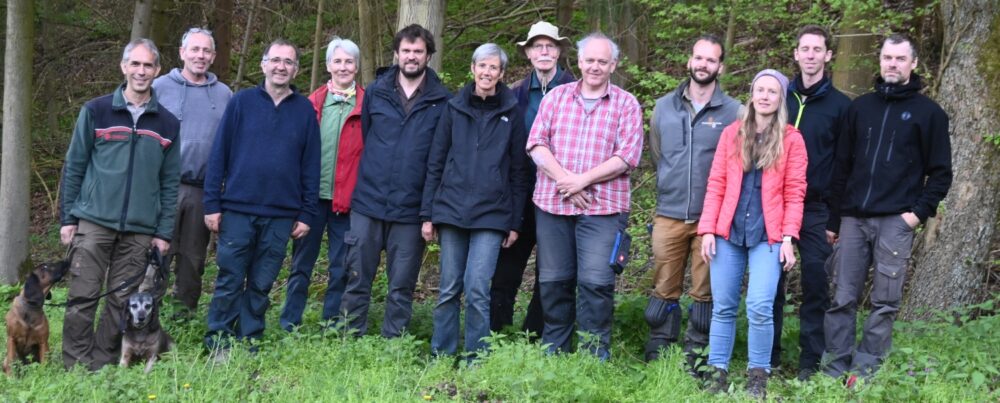The humus form type L Mull occurs on soils with moderate-to-high base saturation and litter of high decomposability. Due to the rapid decomposition of the litter, with mineralisation rates of 6 months to 2 years, an Ol may not be present all year round. The mineral topsoil has a thickness of >10 cm in most cases and is characterised by high biological activity and an aggregate structure (e.g., granular, angular blocky, subangular blocky). The aggregates are more stable in loamy and clayey soils. At sites with sandy substrates and with litter with a low or very low CN ratio, litter decomposition takes place rapidly. Despite bioturbation, no stable granular or subangular blocky structure is formed in the Ah horizon, but finely aggregated humified organic matter is present next to the sandy mineral matrix. The distinct features of the L Mull are:
- Ol horizon is present, but is incoherent to sparse;
- Olf horizon is absent, patchy, or thin; and
- Ax, Au, or Ah horizon with signs of high biological activity is present
To date, four subtype levels of L Mull humus forms have been described.
Subtypes of L Mull:
MLA A-Mull
MLT Typical L-Mull
MLR Rhizo-L-Mull
MLF Feucht-L-Mull
